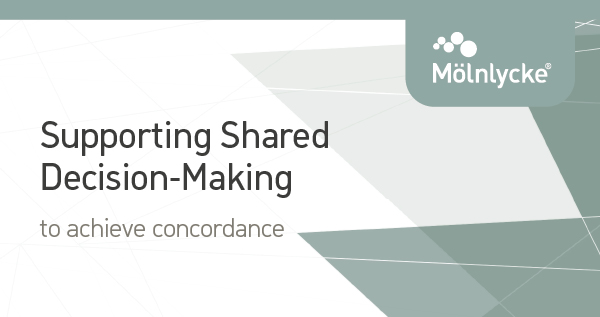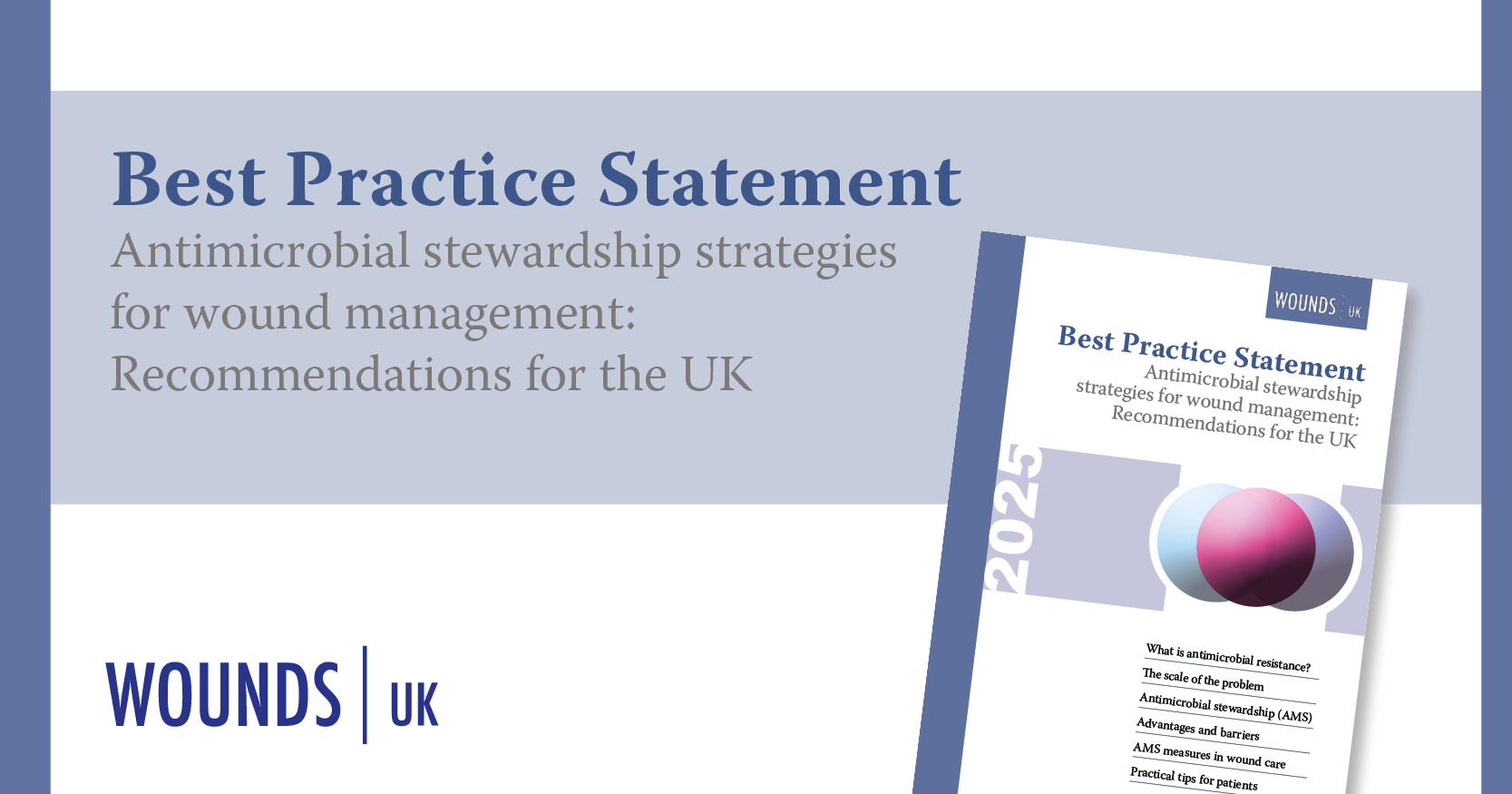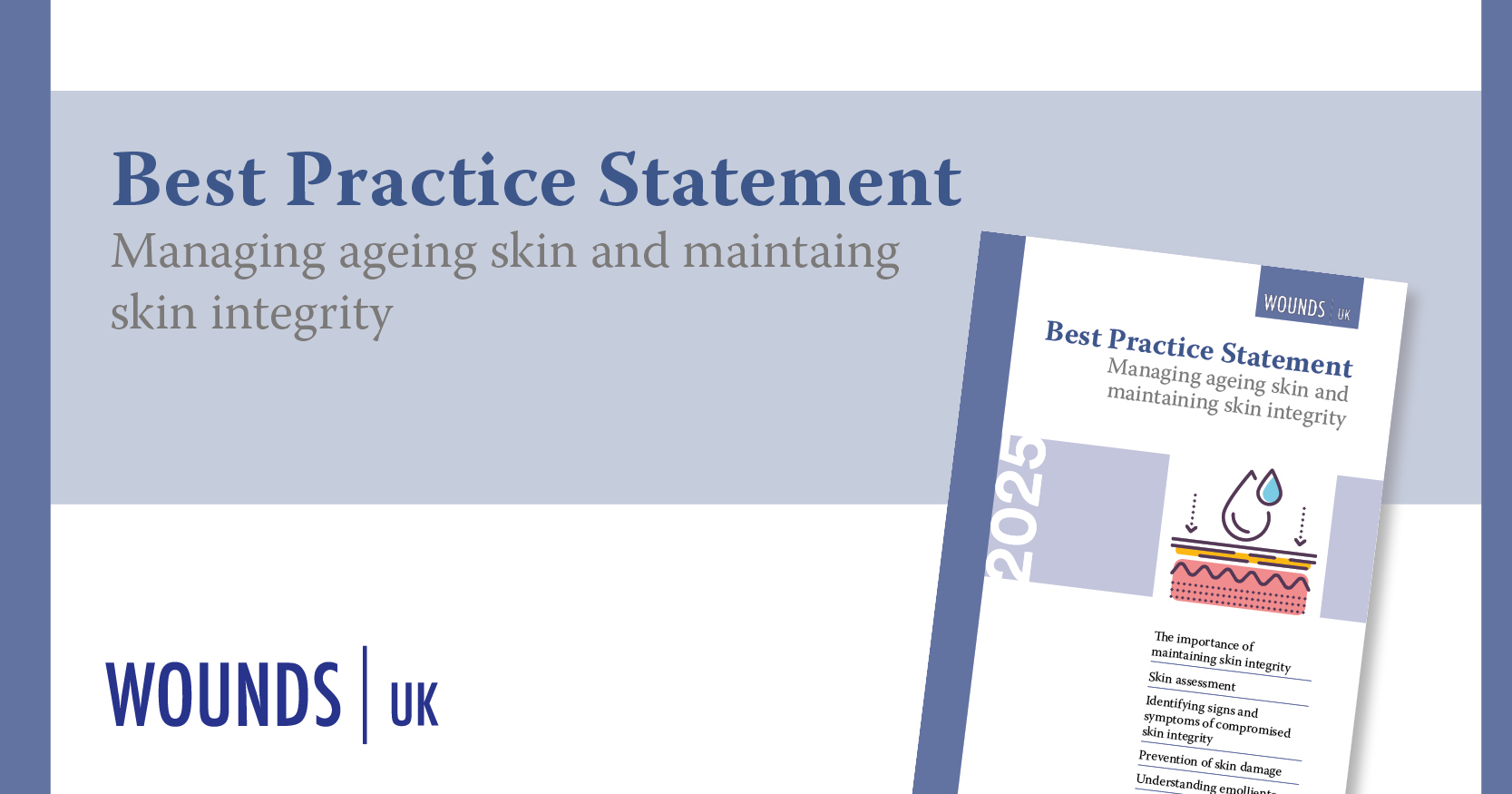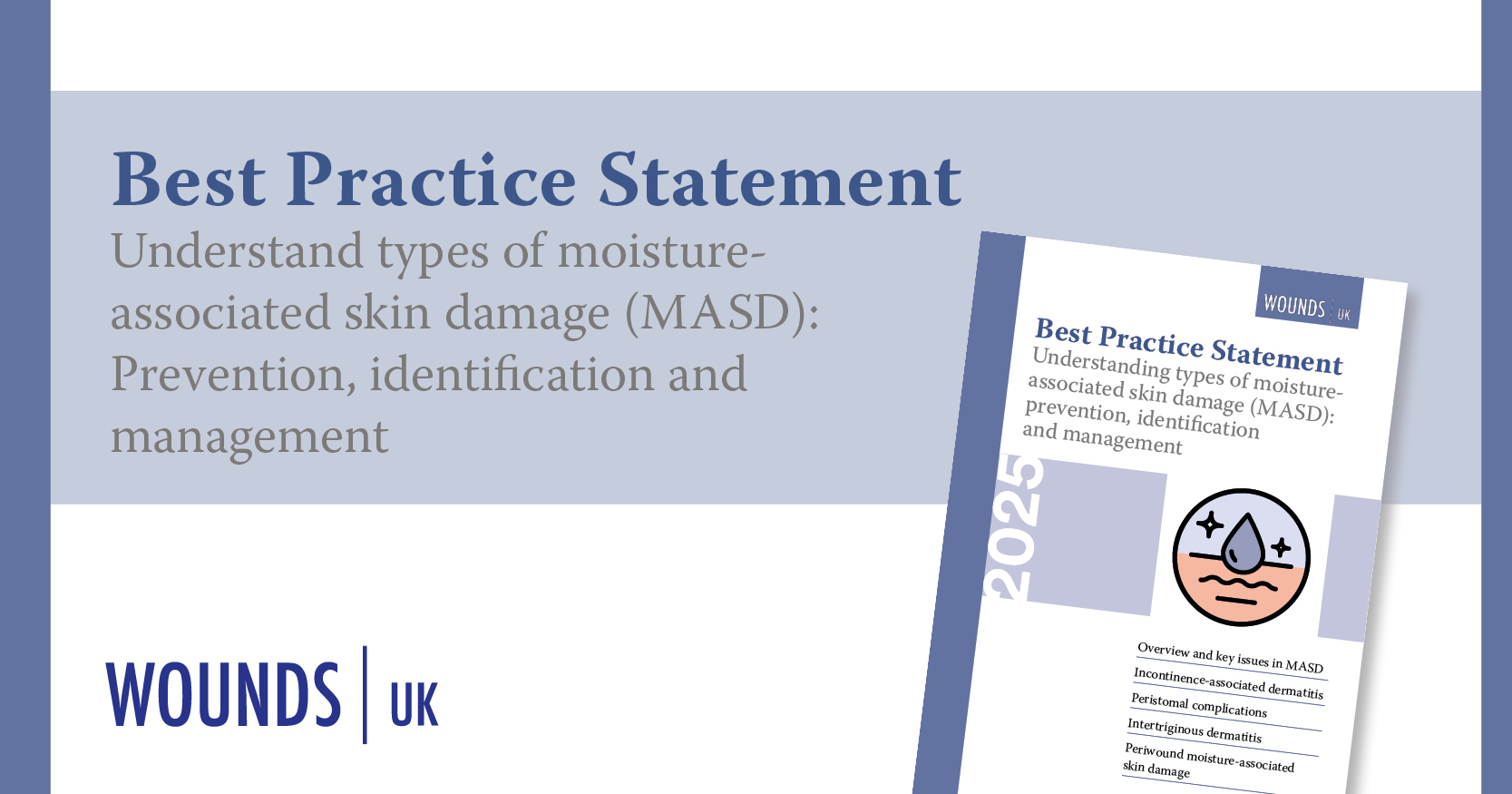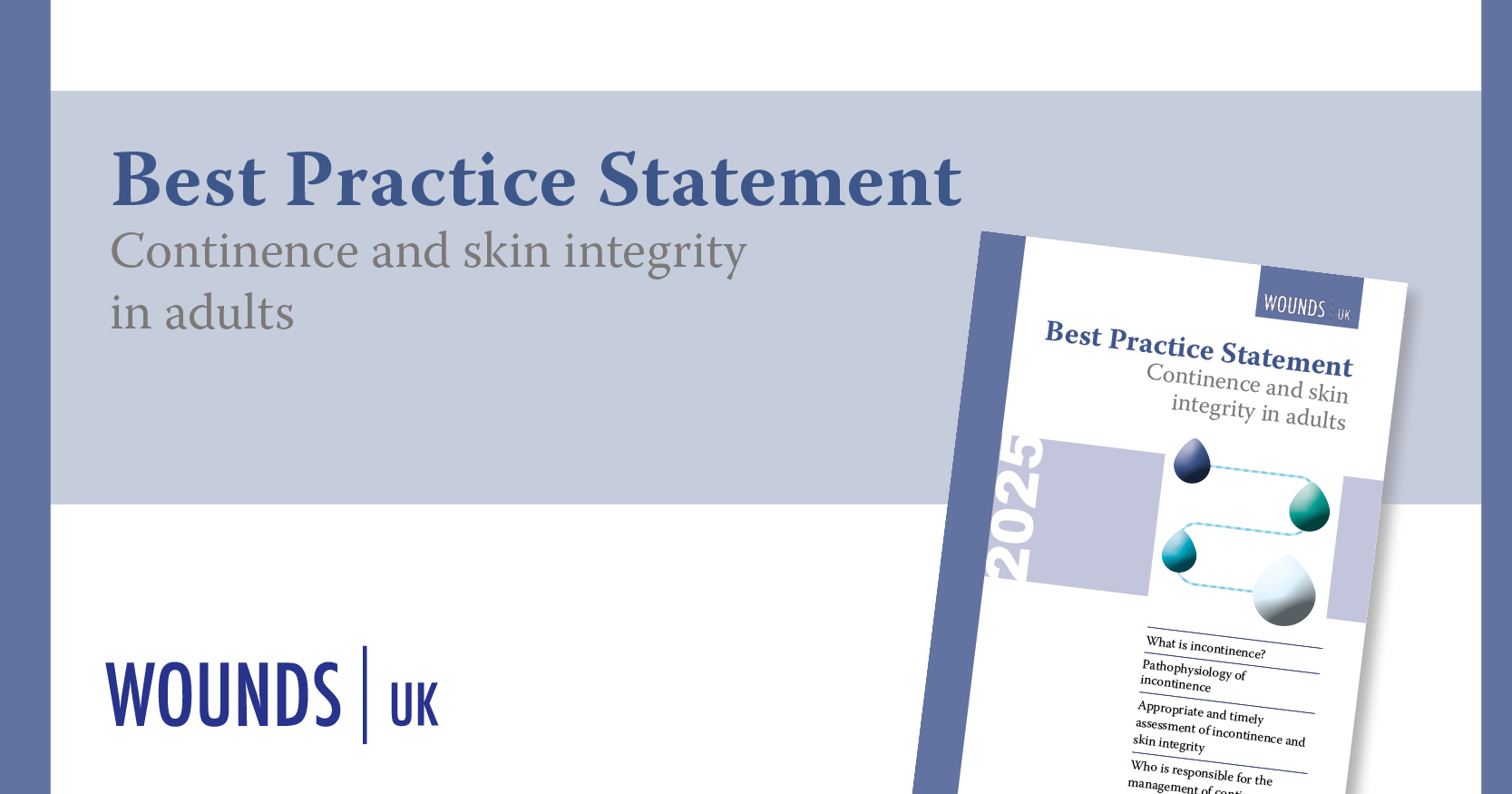The power balance in healthcare has changed significantly in the last 50 years. Where previously, healthcare professionals held all the knowledge and power and patients were recipients of this, people now readily seek multiple 2nd opinions, either from other people or, by accessing medical publications and other less reliable sources of information via the myriad of search engines available. Following the commitment to ‘Marthas rule’ from NHS England’s Health Secretary in September 2023, patients and families seeking such second opinions is likely to become much more common practice (Church, 2023).
This significant shift was demonstrated clearly during the COVID 19 Pandemic where the role of social media and social media influencers was leveraged to both encourage individuals to comply with government recommendations and also to discredit them.
The widespread adoption of smart technology, be that smart phones or watches and other devices that can monitor health, allow people to be more aware of their own bodies and health status. This coupled with easy access to the internet (Scull, 2020) means that patients frequently arrive to their consultations having completed comprehensive research which can (depending on their ability to search) result in them being very knowledgeable about their condition and what to expect or on the other hand can give them completely unrealistic expectations of what may happen to them (Pitt and Hendrickson, 2022).
Epstein et al., (2022) demonstrated the power that search engines have to alter thinking and behaviour by showing people biased search results. Many people are completely unaware that the ordering of results via any online search generally relates to the amount someone paid to have their information there – so information that appears first in the search list may have a commercial bias.
In addition to these changes in availability of information there are, of course significant changes in the way healthcare is delivered. In the 1960s and 1970s doctors and nurses were regarded as ‘Gods’ or ‘Angels’ presiding over patient care, with patients remaining in hospital to be tended to and cared for as passive recipients of care. This continued in the community when District Nurses had ample time to see each patient, to get to know them, understand them and their families and be involved not just in the patient health optimisation aspects but also the minutia of their daily life, resolving social issues, having time for cups of tea, helping with shopping – things that would be unheard of in the current healthcare context. All of these behaviours elevated the status of clinicians, they were well respected and revered – it was unheard of to challenge a doctor or nurse’s advice.
When this change in knowledge and attitudes is combined with the changes in how health care is delivered, it is unsurprising that individuals now feel more empowered to voice what they will or will not do, or how they will do it.
These changes are reflected in the language used to describe the paternalistic clinician:patient relationship. Historically, patients were expected to be compliant with care, they were the passive recipients, expected to be obedient to the clinicians’ recommendations and prescribed treatments. As it became increasingly accepted that patients could have a say in their care, ‘adherence’ was the language adopted within healthcare to connote a somewhat less paternalistic perspective emphasising “the extent to which the patient’s action matches the agreed recommendations” (NICE, 2009a).
The terminology then moved towards the use of concordance, “the process of enlightened communication between the person and the healthcare professional leading to an agreed treatment and ongoing assessment of this as the optimal course” (Fawcett, 2020).
More recently organisations such as NHS England (2023a) have described a new way of working, with new terminology, built on shared decision-making; a relationship between people, professionals and the health and care system. It provides a positive shift in power and decision-making that enables people to feel informed, have a voice, to be heard and be connected to each other and their communities. They recognise that people want to have choice and control over the way their care is planned and delivered, based on ‘what matters’ to them and their individual strengths, needs and preferences. This is a very different way of working that significantly increases the likelihood that people will adopt behaviours and approaches that contribute to their health and wellbeing.
The objective of the document
To explore the concepts of person centredness and shared decision-making within the context of pressure ulcer prevention and management.
To describe some of the definitions used within this realm and to explore the impact of the language used during conversations with people, their families and carers.
To offer consideration as to the reasons why people may choose not to follow a Health Care Practitioners (HCP) advice or recommendations.
To provide recommendations for individual approaches and organisational culture changes that may seek to improve shared decision-making practices when agreement is difficult to achieve.
To provide some practical advice and solutions for HCPs when the person they are caring for is declining interventions the HCP believes are important to prevent/ treat pressure ulcers.
Note: this document may use the terms patient when referring to people engaging with healthcare and within examples or people/person when referring to people who may be within or outside of healthcare.
Download the PDF below to see the full document

